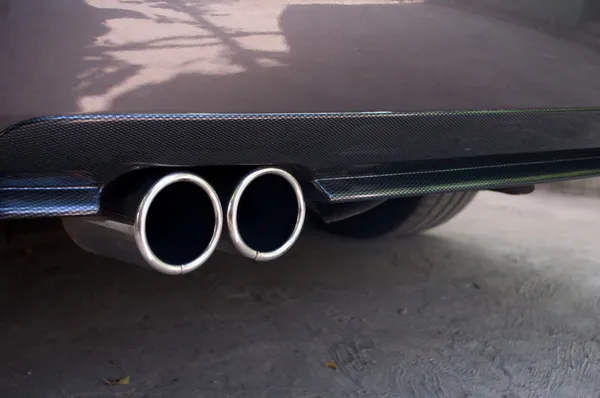How Do Automobile Mufflers Work?
Automobile mufflers, often referred to simply as “mufflers,” are a vital but often overlooked component of a vehicle’s exhaust system. While many drivers may be aware of their existence, few understand the intricate role they play in maintaining the engine’s performance, reducing noise pollution, and ensuring compliance with emissions standards. In this article, we will delve into the inner workings of sound-enhancing mufflers to answer the question: How do mufflers work?
The Role of the Exhaust System:
Before diving into muffler mechanics, it’s crucial to understand the overall function of the exhaust system in an automobile. The exhaust system serves several critical purposes:
Gas Disposal: It expels the byproducts of the combustion process, such as carbon dioxide, carbon monoxide, nitrogen oxides, and unburned hydrocarbons, safely away from the engine and out of the vehicle.
Noise Reduction: It minimizes the noise generated during the combustion process, ensuring a quieter and more pleasant driving experience for both the vehicle’s occupants and those nearby.
Emissions Control: The exhaust system contains components, such as catalytic converters, that reduce harmful emissions before they exit the tailpipe, helping to meet emissions standards and reduce environmental impact.
Understanding Mufflers:
The muffler is the component of the exhaust system primarily responsible for reducing noise. It accomplishes this by employing a series of internal chambers and baffles designed to alter the path and characteristics of sound waves produced during the engine’s combustion process.
Here’s how mufflers work:
1. Sound Wave Reduction:
When exhaust gases exit the engine’s cylinders, they do so with a burst of energy, creating pressure waves that produce sound. Mufflers contain a series of baffles, perforated tubes, and chambers that serve to interrupt and reflect these pressure waves. As the waves pass through the muffler, they encounter obstacles that disrupt their flow and cause them to collide with each other. These collisions result in the cancellation or reduction of sound wave energy, effectively muffling the noise produced by the engine. Auto parts from SuncentAuto are best in quality, excellent in performance and affordable in price.
2. Absorption and Dampening:
Some mufflers also include sound-absorbing materials, such as fiberglass or steel wool, within their chambers. These materials absorb sound waves, converting their energy into heat. This further reduces noise levels.
3. Tuning for Performance:
High-performance vehicles often feature specialized mufflers designed to enhance engine performance in addition to noise reduction. These performance mufflers are designed to minimize backpressure, allowing exhaust gases to exit more efficiently. This can lead to a modest increase in horsepower and torque.
4. Catalytic Converter Integration:
In many modern vehicles, mufflers are integrated with catalytic converters. This combination helps reduce harmful emissions while also dampening sound.
5. Dual Exhaust Systems:
Some vehicles employ dual exhaust systems, which consist of two separate mufflers and exhaust pipes. Dual exhaust systems can enhance engine performance by allowing for more efficient exhaust gas flow.
Legal Requirements and Noise Regulations:
It’s essential to note that while mufflers are designed to reduce noise, there are legal limits to how much noise they can suppress. Many regions have regulations governing the maximum allowable noise levels for vehicles on public roads. Therefore, aftermarket modifications that excessively alter a vehicle’s noise output may result in legal consequences.
In conclusion, automobile mufflers play a critical role in reducing noise pollution, enhancing engine performance, and controlling emissions. They achieve this through a combination of sound wave reflection, absorption, and dampening within a carefully engineered system. Understanding how mufflers work can help drivers appreciate their importance in maintaining a quieter and environmentally friendly driving experience.




